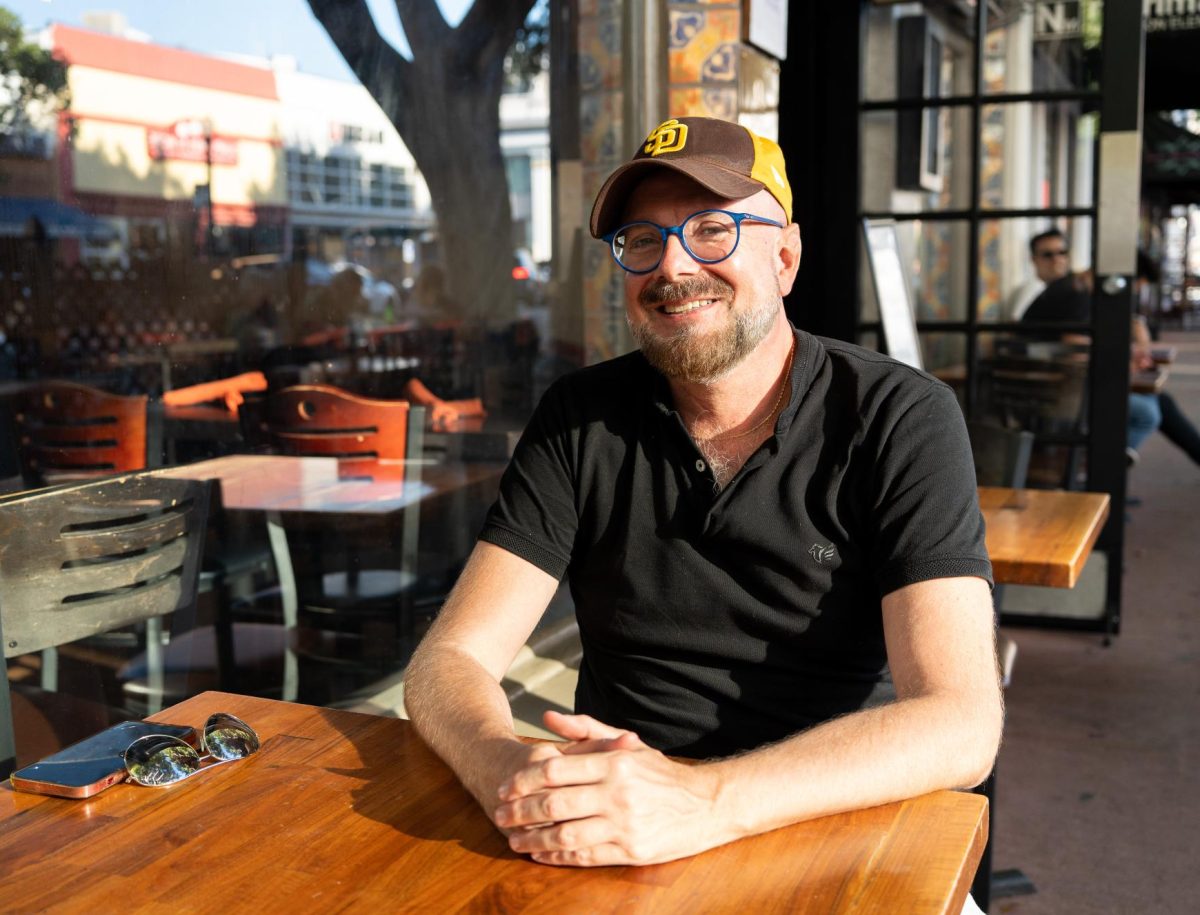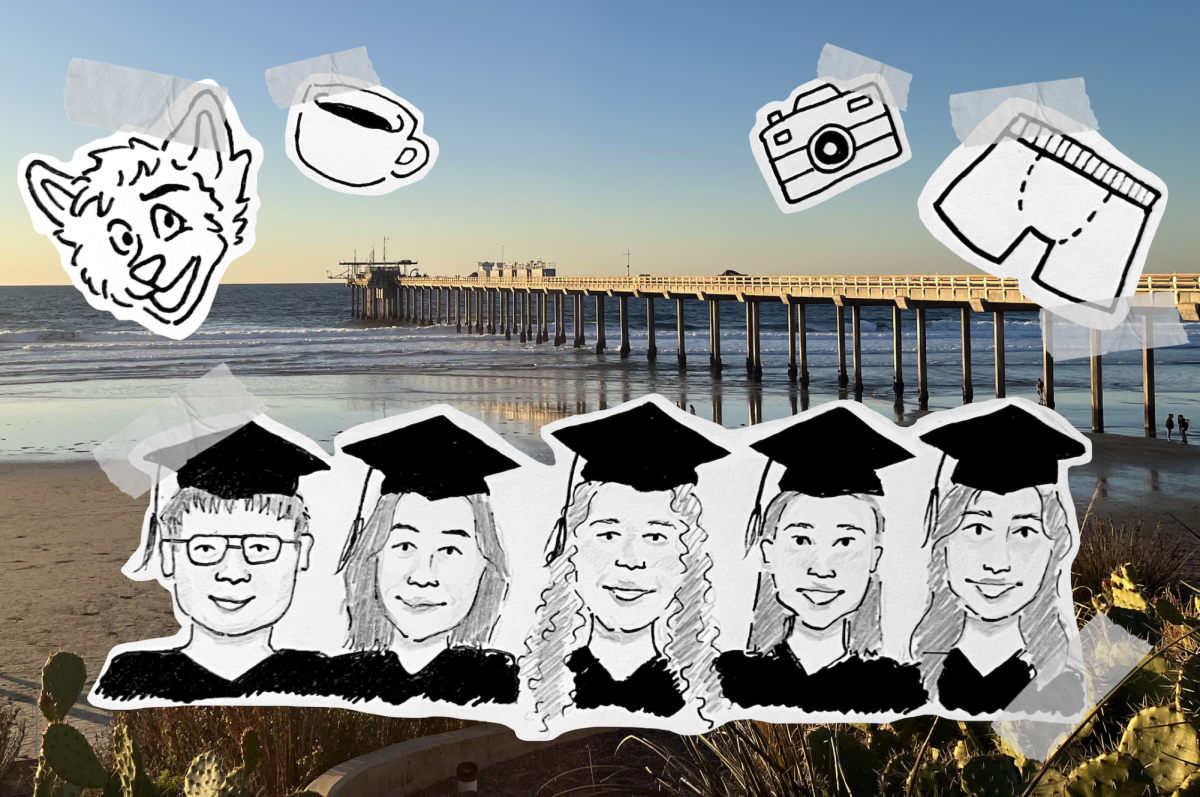As officials from UCSD Transportation and Parking Services
continue to stress the importance of safeguarding the environment in their
agenda, one of the department’s next steps will involve converting the campus’
diesel-powered shuttles to hybrid engines.
UCSD’s current bus fleet will be replaced with shuttles
powered by alternative energy and compressed natural gas, which could cost as
much as $500,000 to $750,000 per bus. Ten buses will be replaced in 2009,
followed by 10 more in 2010.
“We are still studying emission benefits,” said T&PS
Assistant Director Charles Kindred. “So we don’t, at this juncture, know the
full reduction in emissions. But, CNG-fueled buses are cleaner-burning, use
cheaper domestic fuel and are quieter.”
T&PS urges students to use alternative forms of
transportation to further reduce gas emissions. This priority reflects the
department’s adherence to the university’s environmental policy, Kindred said.
In the past six years, the number of people entering campus in single-occupancy
vehicles has decreased by 12 percent, dropping from 66 percent in 2001 to 54
percent in 2007. Additionally, five shuttles were cut from the department’s
fleet last year, which, coupled with the decline in single-occupant usage,
eliminated 200 tons of gas emissions from the environment, according to
T&PS.
Surveyors stationed at campus entrances count the number of
commuters entering campus and track their mode of transportation. According to
a 2007 T&PS report, more than half of the 46,249 people entering campus on
a representative day drove their own cars. Ten percent of commuters traveled in
shuttles, 22 percent used carpools, 6 percent rode buses, 5 percent were
pedestrians, 2 percent were bicyclists and 1 percent used vanpools.
“We hope to reduce the single-occupant vehicle percentage to
below 50 percent within the next three to five years,” Kindred said.
The increase in permit prices helped fund new parking
structures and technology such as Hopkins Parking Structure and the automatic
vehicle location system that was installed in each shuttle over summer.
T&PS reduced the number of shuttles as it partnered with San Diego’s Metropolitan
Transit System to reroute bus lines in the free bus zone.
About 1,000 drivers shied away from on-campus parking,
avoiding purchasing a permit last spring in comparison to the previous quarter.
T&PS Director Brian d’Autremont said that this ultimately “saved the
university an entire parking structure” in addition to Hopkins, which would
have increased permit prices again.
Although the 2.5-percent hike in permit prices is the lowest
increase the department has seen in a decade, the number of purchases continued
to decline, with another 400 cars leaving the parking system this fall.
“If anything, we’re trying to discourage people from buying
permits,” d’Autremont said at a Nov. 6 parking forum.
He added that one major change to help preserve the environment
was lowering the number of campus shuttles. The shuttles must operate at a
minimum of 70-percent capacity, otherwise the lack of passengers makes the
shuttle’s continued operation unreasonable, considering the campus’ commitment
to the UC Policy on Sustainable Transportation Practices.
Campus shuttle ridership has remained relatively stable in
the past four years. Public transit use, however, increased by 110 percent last
year — from 1,295 people arriving via transit in Winter Quarter 2006 to 2,717
people in Winter Quarter 2007.
“We believe this large increase reflects the fact that UCSD
now subsidizes many MTS and NCTD bus routes leading to the campus to the extent
that members of the campus community can ride for free,” Kindred said.
In 2006, the university implemented the “Sustainable Fleet
Management Plan” by purchasing 223 electric and 32 hybrid vehicles, wiping out
more than 70 metric tons of carbon emissions and 97 percent of sulfur
emissions.
Despite student criticism that available parking spaces are
extremely rare, the department reported that there are approximately 1,400
empty parking spaces during peak times on a daily average.
“The demand is satisfied,” d’Autremont said. “It’s the
perceived demand of wanting to park close that is not satisfied.”
However, some students have said parking’s rising costs
counteract the diminished availability of convenient parking.
“I have to pay more than $500 for a parking permit just to
ride on an overcrowded bus for 20 minutes to get to my class,” Eleanor
Roosevelt College senior Sarah Yee said. “It doesn’t make sense.”
T&PS also plans to lessen the appeal of single-occupancy
vehicles through a regional transit pass that would allow students and UCSD
employees to use any form of public transportation, including buses and rail,
within 15 miles of campus. The goal of the passes, which will be available in
2009, is to facilitate the commute to campus via public transit.
“We don’t currently have additional details on the program
as we’re in preliminary discussions with the various transit agencies
throughout San Diego County to develop this program,” Kindred said.
Rideshare operations provide other forms of alternative
transportation with various incentives for commuters who take advantage of its
programs.
The Transit/Coaster Club, for example, offers the free use
of on-campus Flexcars, discounted transit passes and a complimentary
occasional-use parking permit for those who purchase a monthly transit or
coaster pass.







